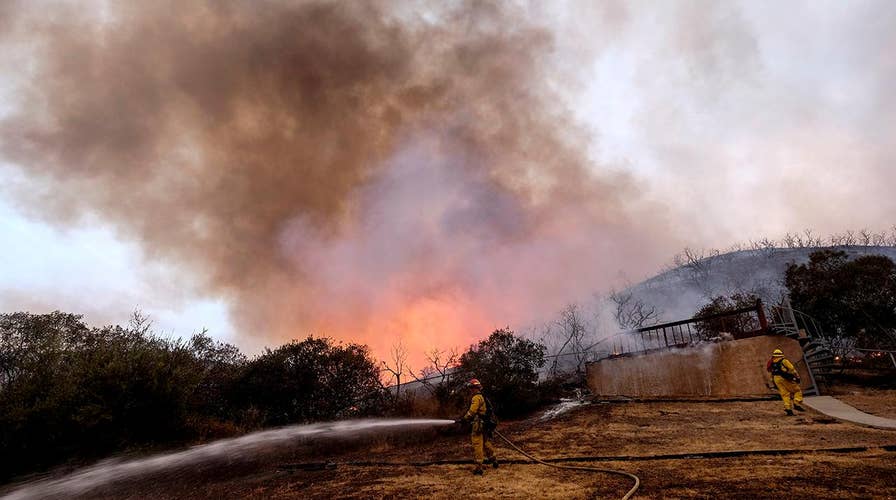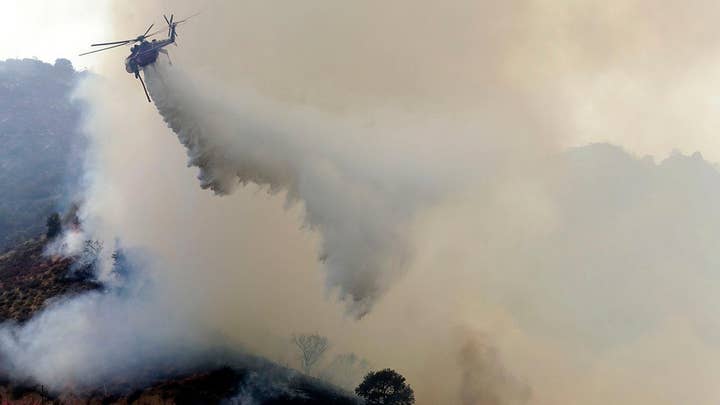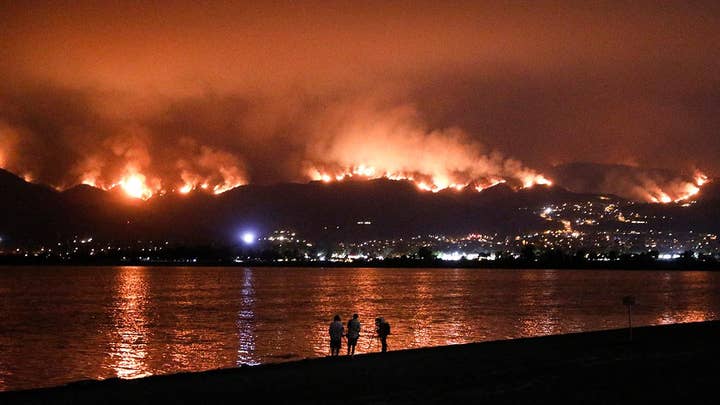Researchers studying air quality in wildfire smoke
Planes flying into wildfire smoke to analyze the air; Alicia Acuna reports on the data capture effort.
Smoke from the wildfires raging across the West is reaching as far as the East Coast, according to the National Weather Service.
A team of scientists from five universities and a handful of federally funded agencies are flying a specially equipped plane through the plumes to do the most extensive anaylsis of wildfire smoke ever.
"We'll take this aircraft behind me as close as we can into fires as safety allows," according to principal investigator and Assistant Professor Emily Fischer, with Colorado State University. CSU is one of the institutions participating in the far-reaching study.
"We're primarily looking at the smoke in the first day that it's in the atmosphere because there's a lot of interesting chemistry that will eventually determine the air quality and climate impact of that smoke," Fischer said.
The C-130 aircraft flies out of Boise, Idaho, because of that city's proximity to multiple fires. The plane's instruments pull the air in and generate information in real time about the composition of the smoke. Samples are also captured for later analysis in the lab.
"What's different about this field campaign is just the extensive instrumentation that's on the plane," Fischer explained. "What we're doing is repeatedly sampling smoke under as many environmental conditions and fire types in as many takes as we can."
The information is badly needed, especially out west where a smoky haze has covered parts of several states all summer. In Sacramento, one person complained to TV station KOVR that it feels, "A lot like allergies, my eyes are irritated, I feel like it's harder to breathe, all of my senses just kind of feel affected."
Sutter Health emergency room doctor Adam Dougherty told the station, "It's a toxic exposure, it's like second-hand smoke everywhere. I've definitely seen more pediatric airway issues things you would normally see in January in the middle of flu season."
Dr. Anthony Gerber at National Jewish Health in Denver said there's simply not enough known about what's in wildfire smoke to make precise predictions about how it will affect everyone.
"The chemistry is complicated," said Gerber. "What's burning, is not the same. I mean, so not all forests are the same. How much soil that becomes part of the particulate cloud is not the same. If it burns structures it's not the same and then as it moves and mixes with other pollutants, it can really change."
The researchers say while they may be flying into the smoke of an active fire, they are not there to battle it, and take precautions to stay out of the way of firefighting planes and crews.
The team members said full results aren't expected for another year, but within the next three months they could have some unique insight.



